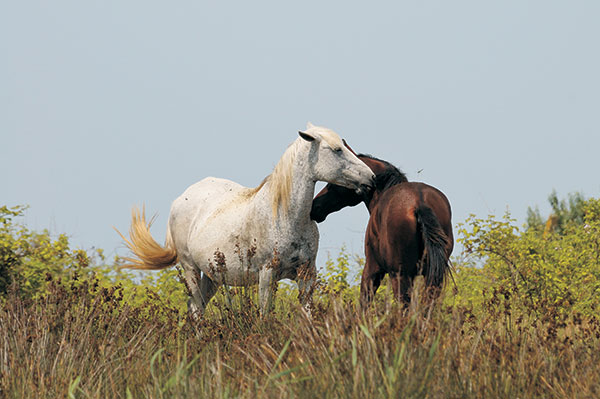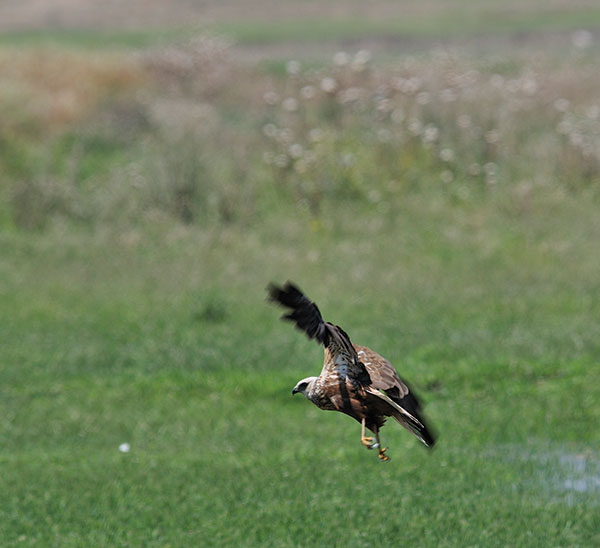
The diversity of various types of animals, which inhabit and populate a defined ground or water area, is the animal kingdom. The first reports on the richness and diversity of animal life in Azerbaijan can be found in travel notes of Eastern travelers.
Animal carvings on architectural monuments, ancient rocks, and stones survived up to the present times. The first information on the animal kingdom of Azerbaijan was collected during the visits of naturalists to Azerbaijan in the 17th century.
Unlike fauna, the concept of animal kingdom covers not only the types of animals but also the number of individual species. The animal kingdom of Azerbaijan is very rich, partly due to the diversity of its natural complexes. There are 97 species of mammals, 357 species of birds, 67 species of reptiles and amphibians, 97 species of fish, and over 15 thousand species of invertebrates in Azerbaijan.
The natural habitat of various types of animals is very different within the country. Some species populate special restricted areas (lakes, parts of mountainous areas) while others are spread throughout the country. For example, passerines can be found anywhere in the territory of Azerbaijan.
The Red Book of the Azerbaijan Republic includes 108 species of animals, including 14 species of mammals, 36 species of birds, 13 species of reptiles and amphibians, 5 species of birds, and 40 species of insects.
A number of natural preserves have been created and the hunting rules were brought into effect for the protection of fur and hoofed animals in Azerbaijan.

The golden eagle inhabits mainly mountainous areas. The Caucasus tetra occupies the sub-Alpine areas of the Major and Minor Caucasus, while the green head duck populates the Caspian Sea coast and inland water reservoirs. Goats and West Caucasus moufflons inhabit Nakhichevan, jeyran gazelles can only be found in Shirvan natural preserve, Bendovan, and Korchay regions of Azerbaijan. The Caucasus goat populates the western slopes of the Major Caucasus in Balakan, Gabala, Zakatala, and Ismayilly regions.
The country's freshwater basins and the Caspian Sea account for 30 species of fish. They are fished in the Kur River, surrounding lakes, as well as in the Mingechevir reservoir. Most of the fish are anadromous or semi-anadromous (the young grow up in saltwater and migrate to freshwater to breed after they reach maturity). The most valuable of anadromous fish are salmon, sturgeon, stellate sturgeon, and beluga. Aspius, Chalcalburnus, and eel are also anadromous fish. Sturgeon meat and caviar are highly valuable.
Besides, the water basins of Azerbaijan contain such valuable fish species as bream, sazan, Rutilus kutum, and others. Such fish species as herring are fished in the Caspian Sea. Due to the construction of a number of hydro-technical plants on the Kur river after 1959, the regulation of the river water flow, as well as the Caspian water pollution led to a significant reduction in the number of valuable fish species. Three hatcheries (Kuragzi, Shirvan, and Kur experimental sturgeon hatchery) for melioration and fish-farming purposes were launched to restore the fish reserves and to increase the number of fish in species. Azerbaijan's fish-farming establishments and hatcheries account for the breeding of 20 million sturgeons, 600 thousand salmons, over 800 thousand. A new hatchery with the capacity of 20 million sturgeons was put in commission in Khyly in 2000.



